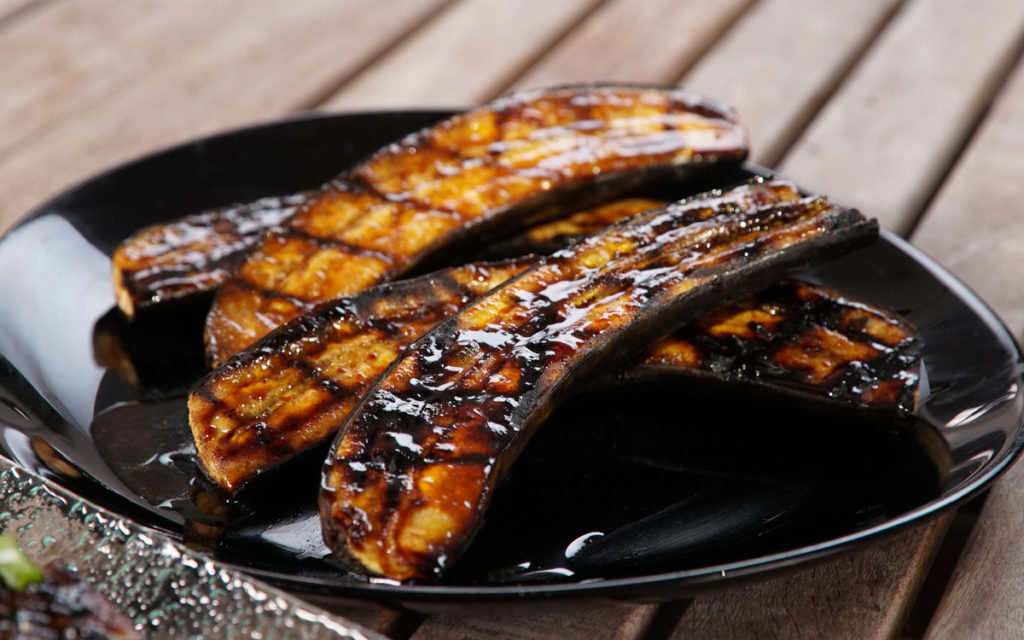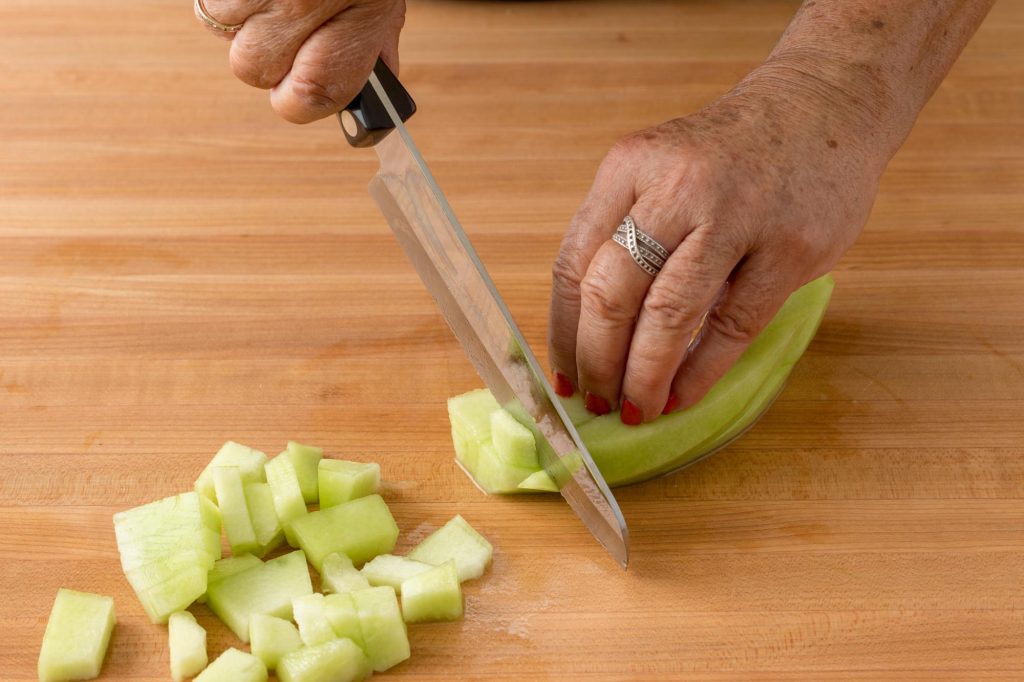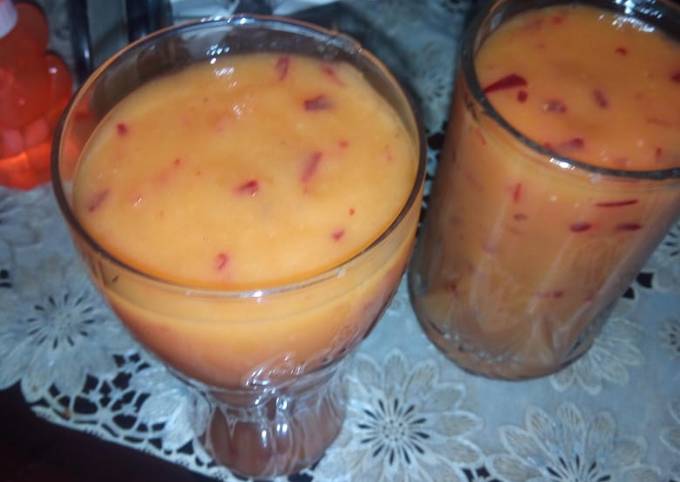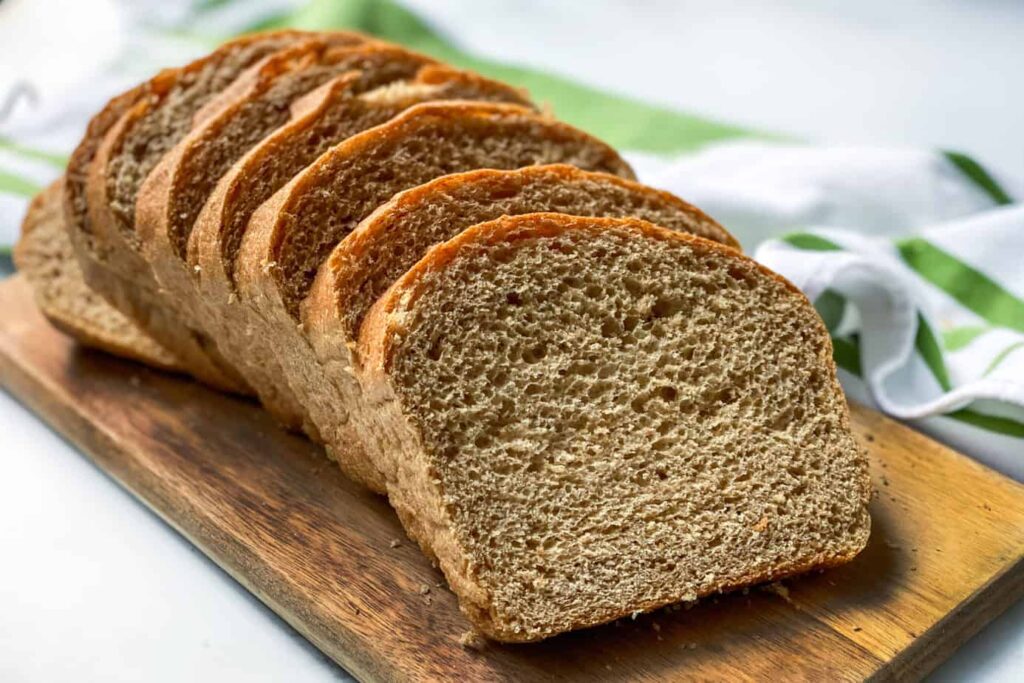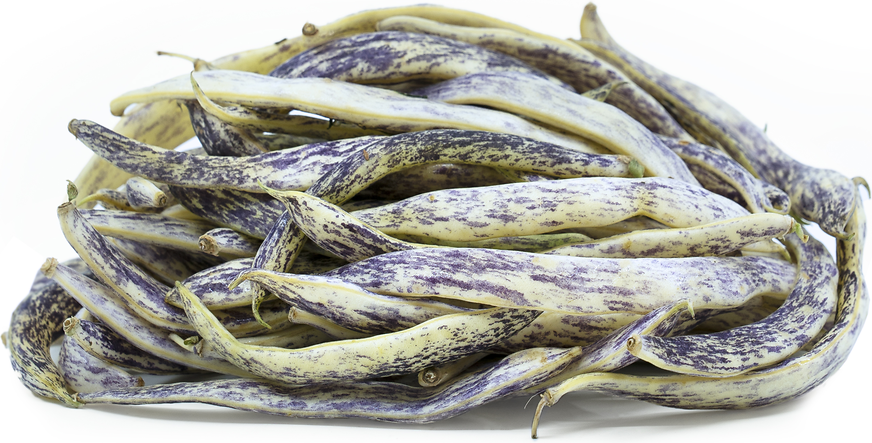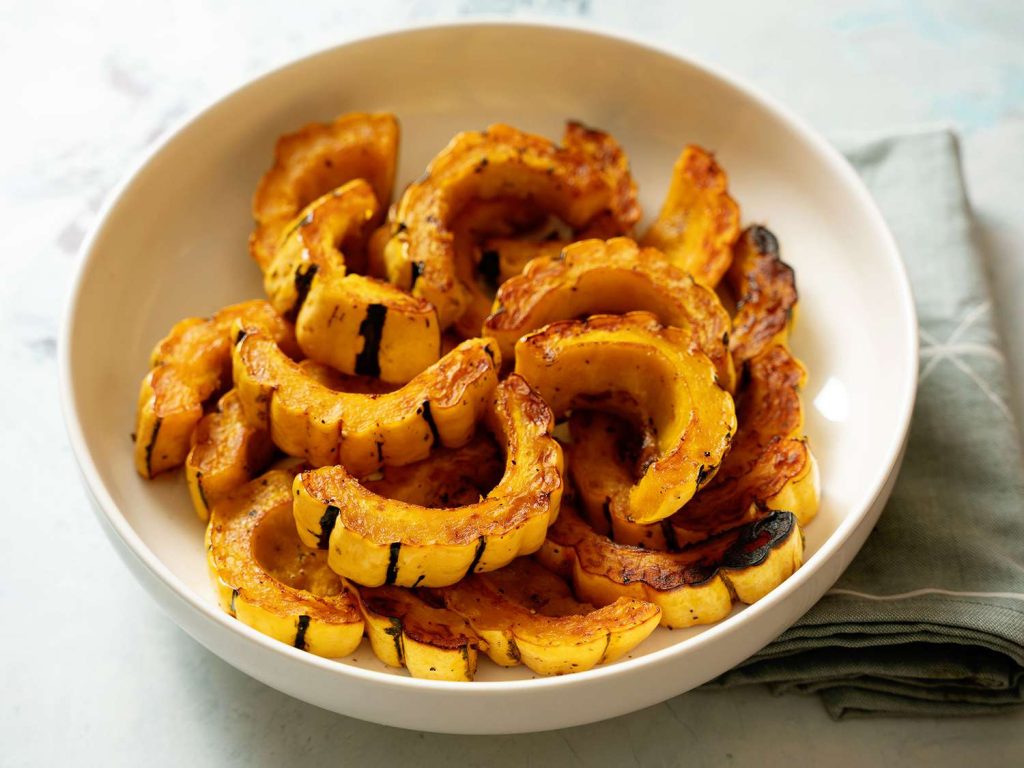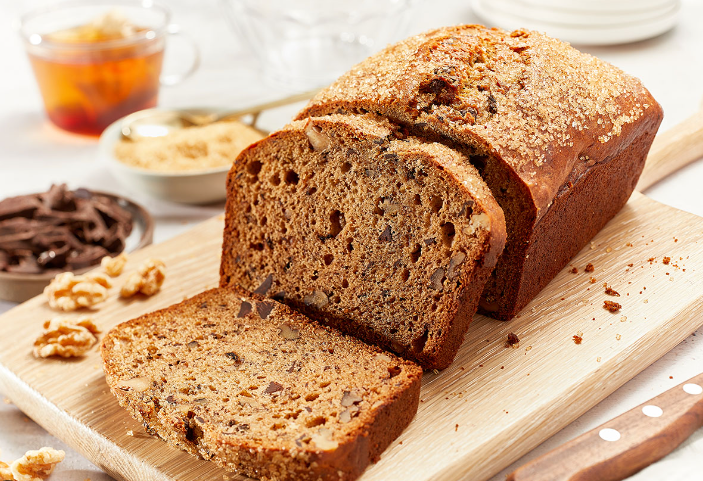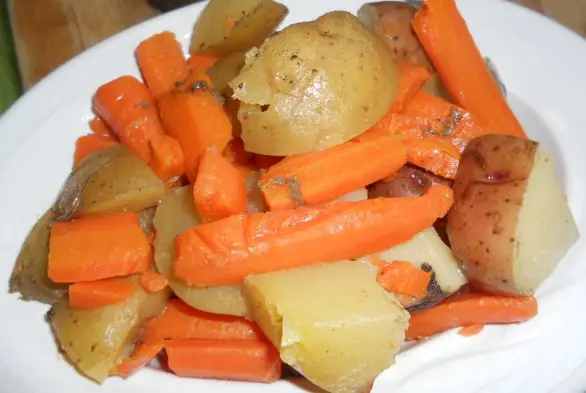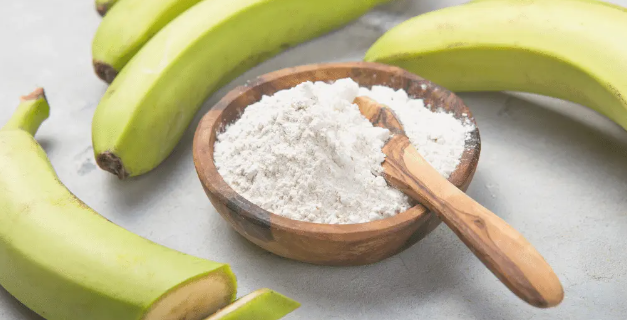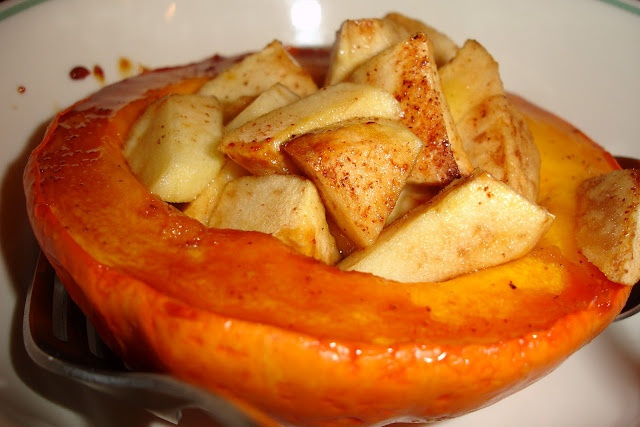People in tropical places have been cooking with banana leaves for a very long time. These leaves are a good choice if you want to cook without using foil or baking paper. They add a mild, natural flavor to food, keep moisture in, and give meals a nice smell.
Whether it’s wrapping up tamales in Latin America or cooking fish in Hawaii, banana leaves add a nice touch of flavor and smell to food. They also have practical uses, like keeping food safe when it’s on the grill or in the oven.
If you haven’t cooked with banana leaves before, this guide will tell you all about it. We’ll talk about how to find banana leaves, how to get them ready for cooking, different ways to cook with them, some ideas for recipes, and expert tips for getting the most flavor out of them. Let’s get started!
Table of Contents
- Understanding Banana Leaves
- Why Cook with Banana Leaves?
- 1. They’re Eco-friendly
- 2. They Add Taste and Smell
- 3. They Keep Food Moist
- 4. The Heat Spreads Out Evenly
- 5. They Look Great
- Where to Find Banana Leaves
- How to Pick the Best Banana Leaves for Cooking
- 1. The Leaves Should Be Brightly Colored
- 2. They Should Feel Smooth
- 3. Size Is Important
- 4. They Should Bend Easily
- Getting Banana Leaves Ready for Cooking
- 1. Washing the Leaves
- 2. Soften by Heating
- 3. Making Them Dry
- 4. Cutting the Leaves
- Different Ways to Cook with Banana Leaves
- 1. Steaming
- 2. Grilling or Baking
- 3. Keeping Food Fresh
- 4. Food Packaging
- 5. Food Presentation
- Learning to Wrap with Banana Leaves
- 1. Making the Leaves Soft
- 2. Putting in the Filling
- 3. Tying It Up
- 4. Cooking the Wrap
- Popular Foods Made with Banana Leaves
- 1. Kai Hor Bai Tong (Chicken Wrapped in Banana Leaves)
- 2. Moi Moi
- 3. Eko/Agidi
- 4. Chinese Zongzi
- 5. Vietnamese bánh tét
- Embracing Tradition with Modernity
- Busting Myths about Banana Leaves
- 1. Overpowering Flavor
- 2. Accessibility
- 3. Limited to Specific Dishes
- In Conclusion
Understanding Banana Leaves
Banana leaves are big, strong, and water-resistant, and they come from the banana tree. Across the world, people use them for many things. When cooking, they’re often used to wrap food for steaming or grilling.
The leaves add a gentle, earthy taste to the food and keep in moisture. People also use them in cultural rituals, for decorations, and in crafts. They can even hold food like a plate without leaking. Plus, banana leaves are good for the environment because they break down naturally and don’t make waste.
Why Cook with Banana Leaves?
There are many reasons why banana leaves are a smart choice for cooking. They offer unique benefits that make your food taste better and look nicer.
1. They’re Eco-friendly
Banana leaves are a green choice for cooking. They break down naturally and can be added to compost, which means that they don’t add to pollution. In contrast, things like plastic wrap or aluminum foil can harm the environment.
2. They Add Taste and Smell
When you heat them up, banana leaves give off a slightly sweet smell that makes your food taste better. This special flavor can make your recipes more interesting and tasty.
3. They Keep Food Moist
By wrapping food in banana leaves, you create a steamy space that keeps your food from drying out. This is especially good for meats, fish, or veggies that might otherwise lose their juiciness.
4. The Heat Spreads Out Evenly
Banana leaves help spread the heat out so that your food cooks nicely all the way through. This prevents parts of your food from getting too hot and burning, which can ruin your meal.
5. They Look Great
Food cooked in banana leaves looks very pretty. The bright green of the leaves makes your meal more attractive, which is perfect for special events or traditional recipes.
To sum it up, cooking with banana leaves is great for the planet, brings out the flavor in your food, keeps food moist and evenly cooked, and makes your dishes look extra nice. This is why banana leaves are used a lot in many different cooking styles around the world.
Where to Find Banana Leaves
In places where banana trees grow, like Hawaii, Mexico, and parts of Asia, banana leaves are easy to find. If you live somewhere else, you might find them at local markets or in Latin grocery stores, where they could be sold fresh, frozen, or dried.
Look for fresh leaves that don’t have brown marks or other signs of damage. They should be smooth and a good shade of green. If you’re getting dried leaves, make sure they aren’t torn or too brittle.
If you can’t buy banana leaves near you, don’t worry. You can buy them online from places like Amazon. Always choose leaves that have no chemicals or preservatives added to them.
How to Pick the Best Banana Leaves for Cooking
Choosing the right banana leaves can make your cooking even better. Here are some tips to help you find just what you need:
1. The Leaves Should Be Brightly Colored
Pick leaves that have a strong green color. This means they are fresh and will work well for cooking.
2. They Should Feel Smooth
Check the surface of the leaves. There shouldn’t be any rough spots or marks that could mess up your cooking.
3. Size Is Important
Make sure the leaves are big enough to wrap around the food you want to cook. You can cut them to the size you need if necessary.
4. They Should Bend Easily
Try bending the leaves a bit. They should be flexible and mild, which makes them easier to fold correctly.
Getting Banana Leaves Ready for Cooking
Before you cook with banana leaves, it’s important to prepare them right. This makes sure they’re clean and helps bring out their smell. Here’s what you should do:
1. Washing the Leaves
Give the leaves a good rinse with cold water to get rid of any dirt. Then, gently dry them off with a soft cloth.
2. Soften by Heating
To make the leaves smell good and easy to fold, you can dip them quickly in hot water. This also makes them soft so they won’t tear when you wrap food with them.
3. Making Them Dry
Once you’ve dipped the leaves in hot water, you should use a towel to dry them off. After that, let them dry in the air a bit more.
4. Cutting the Leaves
Before you use the leaves, you might need to cut off any hard parts or edges that don’t look good. This will help make your food look nice when it’s all wrapped up.
Different Ways to Cook with Banana Leaves
Banana leaves can be used for lots of different cooking styles. Here are some ways to cook with them:
1. Steaming
Steaming food in banana leaves is a healthy way to cook. You can steam things like fish or vegetables that have been seasoned.
To steam food in banana leaves, put what you want to cook on the leaf, then fold it and close it well. You might need to use toothpicks to keep it shut.
Next, put the wrapped food on a steamer basket or cooling rack and let it steam for about 10-15 minutes. When it’s done, you’ll be able to enjoy a tasty dish that smells a bit like banana leaves!
2. Grilling or Baking
Using banana leaves when grilling or baking food gives it a smoky and tropical taste. It also helps to keep all the delicious juices inside.
You start by wrapping the food in a leaf and holding it together with toothpicks. If you want, you can slightly burn the leaf over a flame to give it even more of a smoky flavor. Then you cook it on a grill or in the oven.
Once it’s cooked, be careful when you open the wrap and enjoy your meal with whatever sides you like. Cooking with banana leaves makes food that’s tasty, healthy, and looks great too.
3. Keeping Food Fresh
Banana leaves can help keep stored food fresh. When you wrap leftovers in these leaves, their natural waxy layer keeps the air out and the moisture in.
Wrap your food items with a couple of banana leaves, using a string to keep them wrapped up. You can put the wrapped food in a glass container for extra protection before you put it in the fridge or freezer.
Because of the wax on the leaves, your food will stay safe from dirt and keep its taste and texture for a longer time. It’s a great way to store things like cooked dishes, fish, vegetables, and grains.
4. Food Packaging
One of the main uses for banana leaves is to wrap food for cooking, keeping, and serving. Put your food in the middle of the leaf, fold it, and use toothpicks to hold it together.
Wrapping food in banana leaves is an old practice. It’s a nice way to cook food without drying it out. Plus, it looks really pretty when you serve it on the leaves.
5. Food Presentation
For an eye-catching way to serve food, put your cooked dishes directly onto banana leaves. They give off a nice smell and make the food look fancy.
Just lay the leaves on your serving dish and arrange your food on top. The leaves add a gentle, tropical scent to the food and make your table look good.
Banana leaves are very useful in the kitchen. You can cook with them, use them for storing and wrapping food, and even serve on them. They give a special flavor to your meals, keep food moist, and protect it from germs. Try using banana leaves in your cooking and see how they can improve your dishes!
Learning to Wrap with Banana Leaves
If you want to get really good at wrapping with banana leaves, here are the steps to make your wraps look amazing:
1. Making the Leaves Soft
Wave the leaves over a small flame. This makes them softer so they don’t break when you’re wrapping.
2. Putting in the Filling
Lay your ingredients on the leaf. Fold the leaf over everything, tucking in the sides to keep it all inside.
3. Tying It Up
Use some kitchen twine or string to tie up the leaf so it stays together when you cook or store it.
4. Cooking the Wrap
Cook your wrapped food by steaming or grilling it. This way, all the tasty juices and flavors stay inside the leaf.
Popular Foods Made with Banana Leaves
Many delicious dishes can be made using banana leaves. Here are some of the most famous ones:
1. Kai Hor Bai Tong (Chicken Wrapped in Banana Leaves)

Kai Hor Bai Tong is a way of making chicken in Thailand. Chicken is marinated with a special mix of lemongrass and ginger and then wrapped in banana leaves to roast. The leaves keep the chicken moist, and help to make it very juicy and full of flavor.
2. Moi Moi

Moi Moi is from Nigeria, where they make it by blending peeled beans into a smooth mixture. It gets flavors from various spices, peppers, and onions. When you steam it inside banana leaves, it gets a unique taste and it becomes like a soft cake with a really nice smell.
3. Eko/Agidi

“Eko” is another name for a popular food in Nigeria that’s like a pudding made from cornmeal. To make it, you boil the cornmeal until it turns into a thick smooth paste. Sometimes, people wrap and steam Eko in banana leaves, which adds a special taste and smell, keeping the traditional feeling of the dish.
4. Chinese Zongzi

Chinese Zongzi, or rice dumplings, are important for the Dragon Boat Festival in China. Wrapping sticky rice with different fillings like meat, egg, or sweet beans in banana leaves makes them very special. They can be steamed or boiled, and they turn out really tasty with a smell that reminds people of the festival.
5. Vietnamese bánh tét

Vietnamese bánh tét is a special rice cake made for Lunar New Year, called Tết. It’s shaped like a log and has a filling of sticky rice, mung bean paste, and normally pork. Banana leaves are wrapped around it to give it a great smell and taste. Once it’s all wrapped up, it’s boiled until it’s ready to eat. This dish is a favorite for many families during the holiday. he said.
Embracing Tradition with Modernity
Banana leaves have been used for a long time in cooking, but they can also be used in new ways. You can try different things with banana leaves in your kitchen and see what you can make.
Here are some tips for when you use banana leaves:
- Don’t use leaves with holes or that look damaged because the food might leak out when you’re cooking.
- Always wash the leaves before and after you cook. Fresh leaves should be used only once. If they are dried leaves that you made soft again, you can use them maybe one or two more times.
- If you’re making something stuffed with banana leaves, use string or toothpicks to keep it all together.
- If the leaves are very soft, put a little bit of olive oil or coconut oil on them so they don’t rip or stick to your food.
- When grilling on top of banana leaves, raise the grill higher to avoid flames from the oil or fat dripping down.
- If you need to warm up food that was cooked in banana leaves, use the oven or a steamer. Microwaves can take out the moisture and make the food dry.
Busting Myths about Banana Leaves
There are a few misconceptions about cooking with banana leaves:
1. Overpowering Flavor
Some people think that banana leaves make the food taste too strong, but actually, the leaves give the food a gentle and nice smell that makes the food taste better.
2. Accessibility
Even though banana leaves are used in many parts of the world, they are now easy to find in lots of local markets because people enjoy food from different countries more than before.
3. Limited to Specific Dishes
It’s not true that you can only use banana leaves for certain recipes. They are very good for many kinds of food and can add a special touch to different cooking styles.
In Conclusion
Banana leaves can make your food more interesting and enjoyable. They are good for the environment, they can be used in many ways, and they add a wonderful smell to your dishes. Chefs and home cooks love them.
They’re something special in cooking, so why not try them out yourself? Get some banana the next time you’re at the store and have fun cooking with them!
